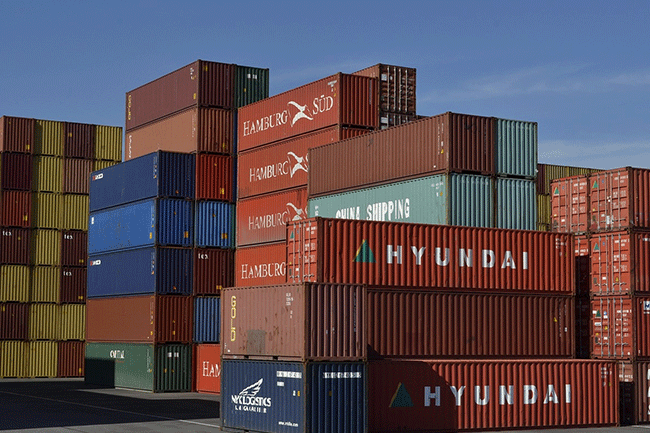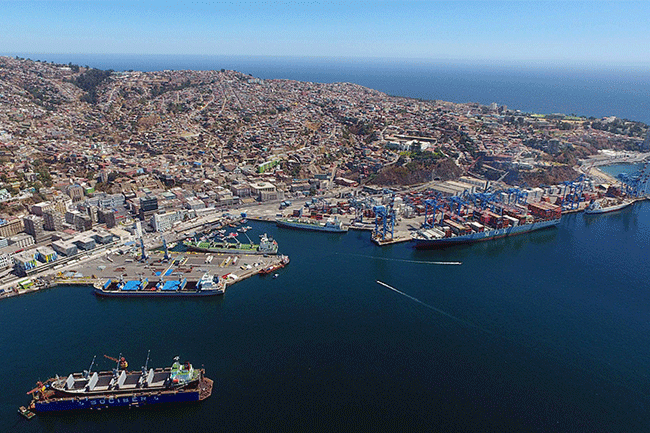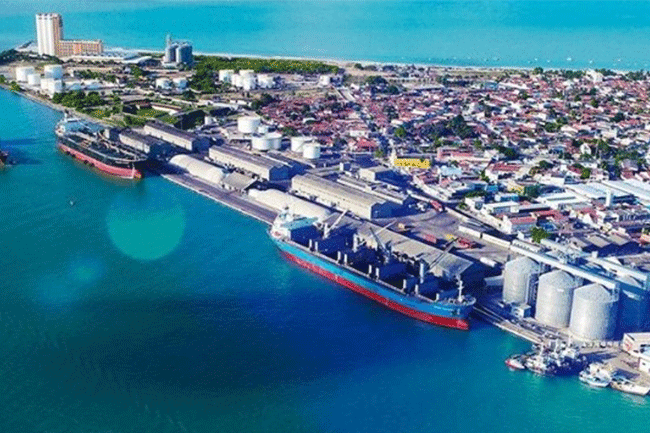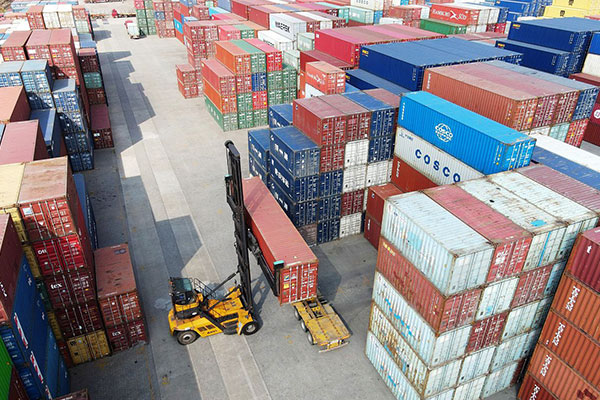- Shanghai Zhongshen International Trading Co., Ltd. – Your reliable partner with 20 years of import/export agency service expertise.
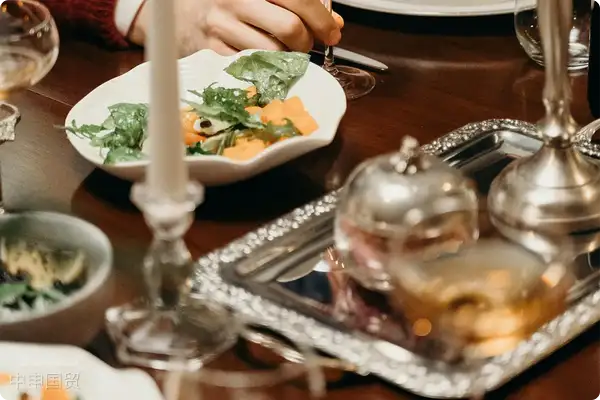
When Exquisite Tableware Meets International Trade:Import Agent ServicesThose Things
As an old hand with 20 years of experienceforeign trade"Old hands," I've seen too many clients eagerly bringing exquisite metal cutlery samples for consultation, only to be instantly baffled when they hear terms like "legal inspection" or "CIQ." Today, let's talk in plain language about how many customs clearance codes are hidden behind importing a set of knives and forks.
I. Pre-import "Inspection Report": These materials are indispensable.
Last week, a client wanted to import a batch of Italian handmade copper coffee spoons and the first thing they asked was, "Can we not..."Origin CertificateMy expression at that moment probably resembled someone witnessing a person scrubbing sterling silver cutlery with a steel wool pad...
- HS Code Diagnosis:: Metal tableware is usually classified under items 73.23 or 73.24, but the tax rates for stainless - steel and copper products can differ by 5%.
- Composition Specification:: Now the customs is even stricter in distinguishing 304/316 stainless steel than Michelin reviewers.
- Origin Passport:: When enjoying the preferential treatment of the free trade agreement, the tariff difference between Italian cutlery and German cutlery can be as much as the price of a set of tableware.
Special Reminder: Last year, a batch of gilded tableware was detected by the X - ray machine because the precious metal content was not declared. The demurrage charge was even more expensive than the tableware itself!
II. The "Traffic Rules" When Crossing the Ocean
There was once a client who mixed pure silver tableware with ordinary goods to save on freightMaritime transportand as a result, it oxidized so severely that it was unrecognizable. Choosing the mode of transportation is like choosing the material of tableware - it needs to be tailored to the situation:
- Maritime transport: Suitable for bulk stainless - steel tableware, but be sure to require the container to be labeled with moisture - proof.
- Air freight: The preferred choice for gold-plated/pure silver cutlery, remember to specify the "prone to oxidation" characteristic when purchasing insurance.
- Special Packaging: During an inspection, it was found that the customer wrapped antique silver spoons with newspapers. The customs officers were both angry and amused.
III. The "Ultimate Test" in the Customs Hall
Last month, a batch of German stainless steel forks was returned due to "excessive chromium migration," but the issue actually stemmed from the test report using EU standards instead of GB 4806.9-2016. When clearing customs, please note:
- Three - piece set for legal inspection: The customs declaration form + test report + Chinese label should fit together tightly like a tableware set.
- Tariff Dispute: When the customs officers scan the coating with a spectrometer, they are more focused than Michelin reviewers.
- Tax calculation: For stainless - steel products, there is a 13% VAT + 6 - 10% customs duty. However, those plated with precious metals may trigger consumption tax.
4. "After-sales Service" After Pickup
Dont think everything is okay after customs clearance! Last year, a customer stacked the goods outdoors directly after receiving them. As a result, the heavy rain made the copper hot pot covered with verdigris. Remember:
- Warehousing conditions: The humidity requirements for storing different metal tableware are more particular than those for red wine.
- Document Archiving: Documents such as the certificate of origin should be preserved for 5 years, just like family - heirloom silverware.
- After - sales follow - up: A certain brand lost its annual profit when encountering professional counter - feiting because it did not retain the test report.
Practical advice for importers
Recently, I helped a customer handle a batch of Japanese iron kettles. Based on the customs consumption tips, I summarized several insights:
- Procurement process: Requesting material certificates from suppliers is like asking for the "medical report" of tableware.
- Transportation link: For tableware that is easy to oxidize, vacuum packaging + shock - proof boxes are recommended.
- Sales process: The Chinese label should clearly mark the usage taboos in detail, just like a tableware instruction manual.
Let me share a heartfelt truth: importing metal cutlery is like managing a marriage—the more thorough the preparation upfront, the smoother the "daily life" later on. Next time you see a customs declaration, don’t let it give you a headache—it’s just a "Chinese green card" for your beloved cutlery.
? 2025. All Rights Reserved.
